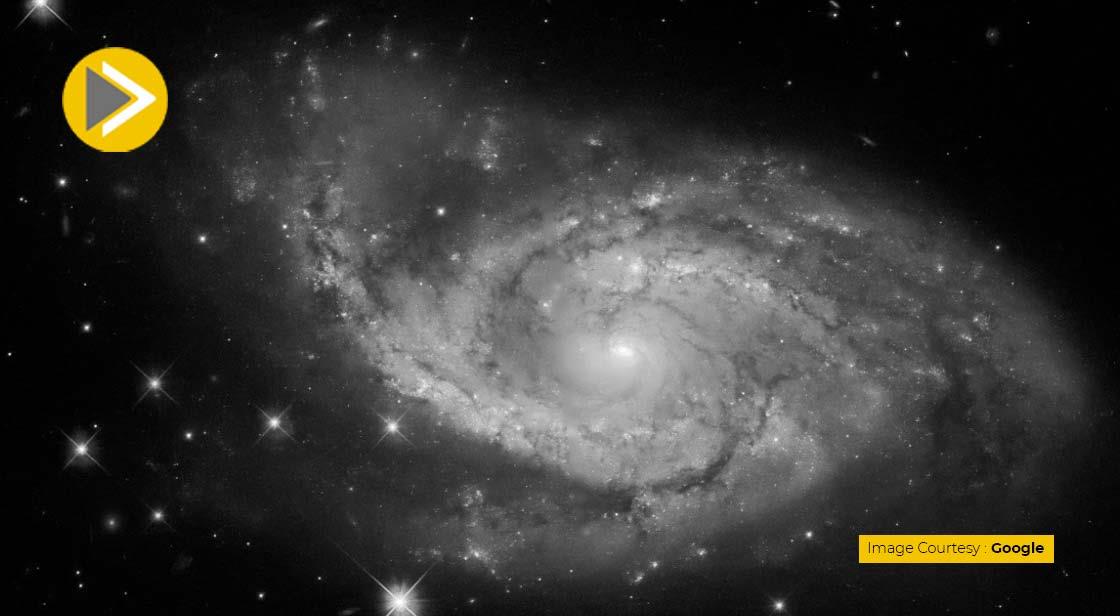Hubble Telescope Captures Billion Years Old Sombrero Galaxy

News Synopsis
Over the years, NASA's Hubble Space Telescope has captured some of the most fascinating images of the universe. Since its inception over 20 years ago, the Hubble Space Telescope has made it possible to study galaxies for scientists from virtually every angle.
About 40 million light-years from Earth, the "Sombrero Galaxy" was recorded by one of the most modern observatories and made available by NASA. The galaxy is also known as ‘Caldwell 43’ and has a brilliant ventral bulge, an ethereal dust disc, and a luminous ring of gas and stars all around it.
Scientists have discovered that the "Sombrero" galaxy is billions of years old, but only recently the galaxy's fierce nuclear bulge and shining plasma halos across the sky was seen in the sky.
In the 19th century, some astronomers hypothesized that the galaxy was nothing more than a disk of sparkling gas horns surrounding a newborn star, a paradigm for the formation of the solar system.
A dusty spiral arm has evolved in the Sombrero Galaxy, absorbing light from the galactic center. The galaxy is called a sombrero because it resembles a Mexican hat. Sombrero is near the southern limit of the Virgo cluster of galaxies.
But in 1912, when astronomer V M Shipher noticed that the hat-like object is speeding away from us at 700 miles per second, it hunted towards that the Sombrero was truly another galaxy.
You May Like









